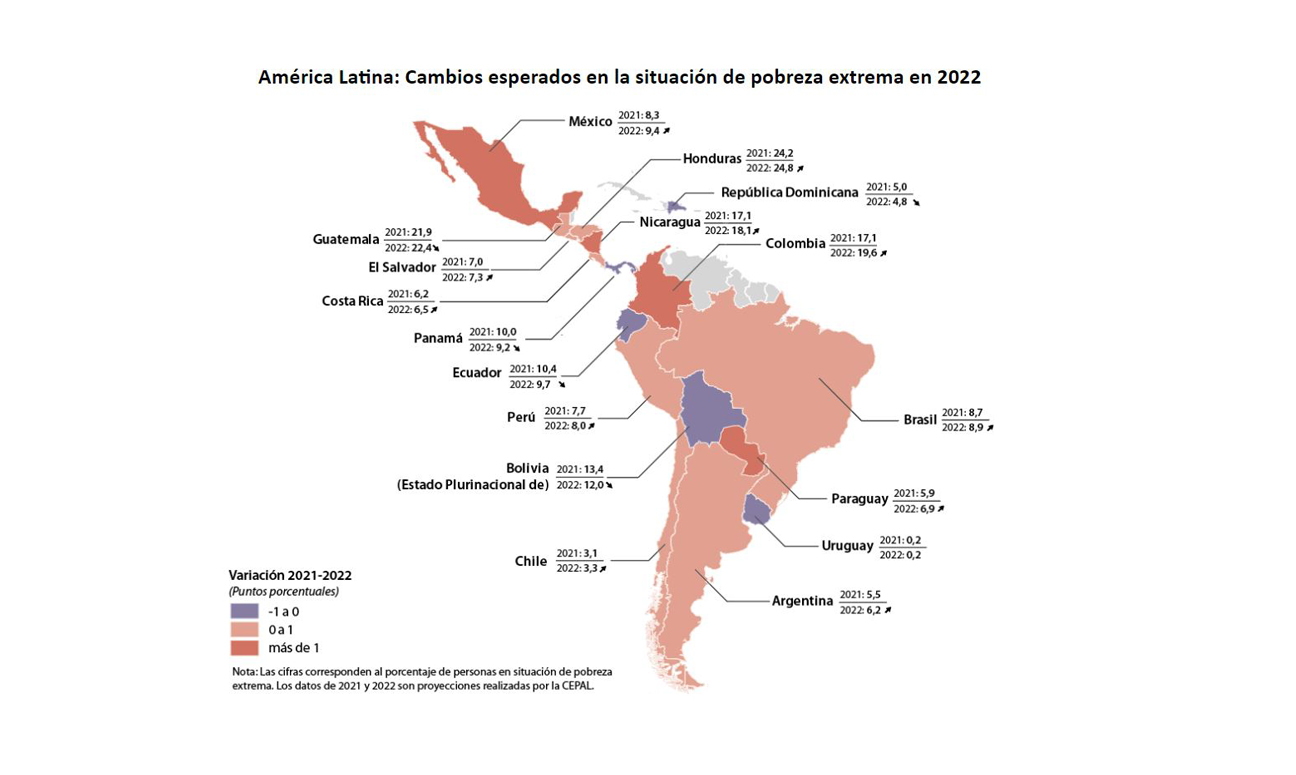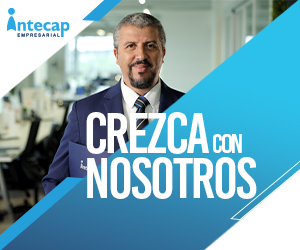The World Bank late last year said it expected 2022 inflation in Latin America to close out at 14.6%. While the institution anticipates the rate to slip to 9.5% in 2023, that level remains elevated. According to a recent report published by JPMorgan, inflation in Latin America will remain above most central banks’ comfort zones this year. The region accounts for some of the world’s highest inflation rates.
“We have seen a huge increase in the use of stablecoins, which grew from 2021 to 2022,” said Daniel Vogel, co-founder and CEO of Bitso, a crypto platform that operates in Latin America with more than six million users. He projected that the usage of stablecoins in the region will increase not only as a store of value but also as a tool for transactions.
In a study entitled “New Payments Index 2022,” Mastercard showed that more than a third of Latin Americans said they have made an everyday purchase with a stablecoin, compared to just 11% of those responding worldwide.
“It wasn’t a bad year for adoption at all,” Sebastián Serrano, co-founder and CEO of Ripio, a digital asset platform with more than 4.5 million users. “We saw a lot of institutional adoption, and much more stablecoin trading volume in 2022 than in 2021, a lot of corporate accounts and big projects done.”
Latin America was the seventh-biggest crypto market, according to Chainalysis’ 2022 annual report, and five countries in the region were part of the Top 30 ranking.
Mariano Di Pietrantonio, co-founder and head of strategy at Maker Growth, a team dedicated to the expansion of MakerDAO, said that a lot of progress is being made in licenses for the issuance of stablecoins worldwide.
“I think that one of the star products in 2023 will be stablecoins pegged to currencies from emerging markets such as Latin America and North Africa, because they are very large markets that are precisely the ones that use stablecoins daily without speculative purposes,” he predicted. (https://money.yahoo.com/latin-american-stablecoin-adoption-expected-163548565.html)



































